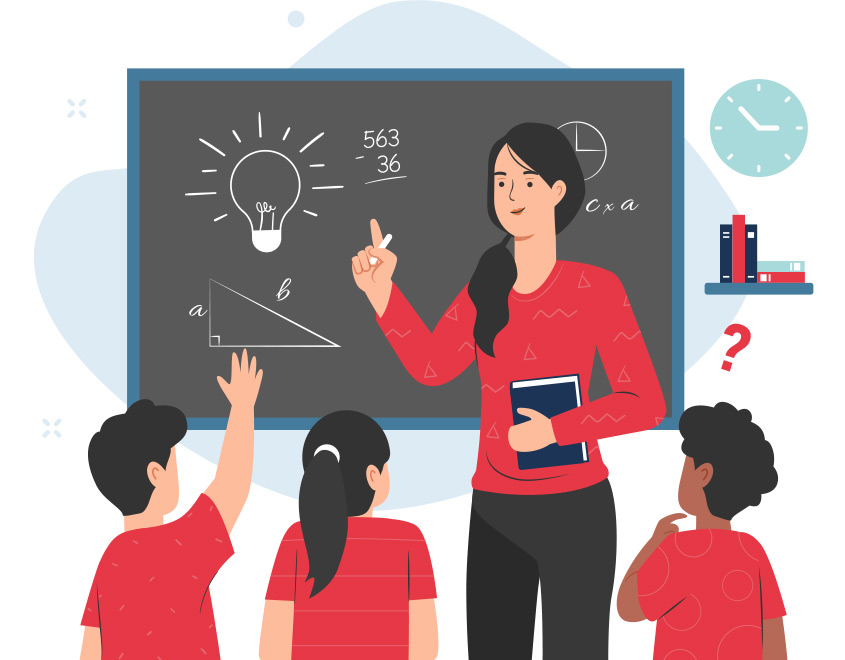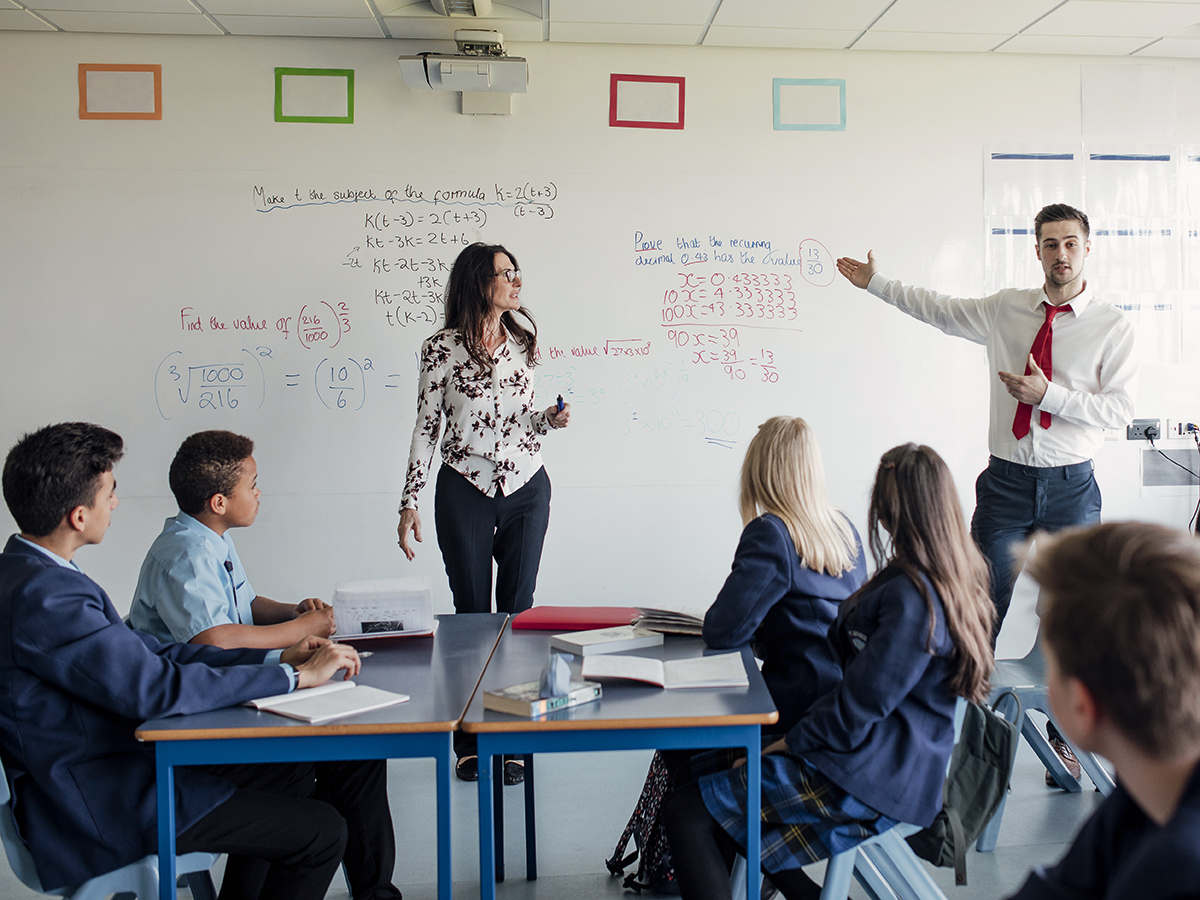Boost Your Child’s Confidence with Primary Science Tuition Singapore
Boost Your Child’s Confidence with Primary Science Tuition Singapore
Blog Article
Checking Out the Different Mentor Strategies in Key Scientific Research Education Today
Inquiry-based discovering, hands-on experiments, and the integration of modern technology are redefining exactly how instructors involve young minds. Furthermore, collaborative approaches and differentiated direction are being employed to cater to the varied needs of students, improving both involvement and understanding.
Inquiry-Based Understanding
Inquiry-Based Learning (IBL) is an instructional strategy that encourages trainees to check out clinical concepts with wondering about, investigation, and hands-on trial and error. This technique stresses the function of trainees as active individuals in their knowing, advertising important thinking and analytical skills. By involving with real-world concerns, pupils end up being curious and motivated, which improves their understanding of clinical concepts.
In IBL, teachers work as facilitators, directing trainees as they browse their inquiries instead of delivering information directly. This student-centered method enables distinction, accommodating various learning styles and paces. Students develop skills in developing theories, designing experiments, and assessing information, which are crucial for clinical literacy.
Additionally, IBL cultivates collaboration amongst pupils, urging them to share findings and ideas. This collective query promotes social skills and a sense of community within the classroom. The procedure of inquiry motivates durability, as trainees learn to embrace failing as a stepping stone towards understanding.
Hands-On Experiments
Hands-on experiments are an important element of efficient science education and learning, matching the principles of inquiry-based knowing. These experiments enable students to involve directly with clinical ideas, fostering a much deeper understanding through experiential understanding. By adjusting materials and observing outcomes, young learners can understand abstract theories in concrete methods.
Such tasks advertise crucial reasoning and analytic skills, as students assume outcomes, conduct experiments, and examine results. This process motivates them to ask concerns, improve their understanding, and establish a clinical mindset. Hands-on experiments can be tailored to varied learning styles, ensuring that all pupils have the opportunity to involve meaningfully with the content.
Moreover, hands-on experiments often urge cooperation amongst peers, advertising synergy and communication skills. Functioning in groups enables students to share concepts, review findings, and pick up from each other, which enhances their total instructional experience.
Integrating hands-on experiments right into the primary science curriculum not only enhances the discovering atmosphere however likewise cultivates a lifelong interest in science. By proactively joining their education, trainees are most likely to create a passion for scientific query that extends past the classroom.

Technology Integration
Integrating technology into primary science education and learning has actually come to be increasingly necessary in cultivating pupil engagement and enhancing learning outcomes. The usage of electronic tools, such as interactive simulations, online laboratories, and instructional software program, gives pupils with possibilities to discover clinical ideas in ingenious ways. These sources promote a much deeper understanding of complex subjects by enabling students to picture and control variables that would certainly be unwise in a standard class setup.
Additionally, modern technology integration motivates individualized discovering experiences. Students can proceed at their own pace, taking another look at difficult principles with multimedia resources, which provide to different learning designs. This adaptability not only sustains specific growth but also cultivates useful site a sense of freedom in students.
Furthermore, technology works as a bridge to real-world scientific research, linking students with existing study and specialist contributions. Accessibility to online databases and clinical journals broadens trainees' viewpoints on scientific inquiry and cultivates important thinking skills.
Collaborative Understanding
Collective knowing plays an essential duty in primary scientific research education by cultivating team effort and interaction skills among pupils. This method urges learners to collaborate, share understanding, and involve in analytical, which boosts their understanding of scientific ideas. By taking part in team activities, trainees discover to express their concepts, listen to diverse perspectives, and discuss services, every one of which are vital abilities in both academic and real-world contexts.

Research shows that collaborative discovering can lead to boosted motivation and interaction in scientific research subjects, as trainees locate enjoyment in common experiences (primary science tuition Singapore). Additionally, this method prepares pupils for future collaborative endeavors, furnishing them with the abilities essential for efficient teamwork in college and specialist settings. Eventually, embracing joint learning in primary science education can significantly improve the discovering experience and advertise a deeper understanding of clinical questions
Separated Guideline

Differentiated instruction can materialize in different methods, such as differing the web content, processes, or products of understanding. For circumstances, instructors might utilize tiered projects that give differing degrees of intricacy, enabling trainees to operate at their respective preparedness degrees. Additionally, flexible organizing methods can promote partnership among students discover here with different capacities, cultivating peer understanding.
Evaluation plays an essential function in this approach, as it educates direction and helps teachers understand each trainee's distinct demands. Formative analyses, such as quizzes and monitorings, can assist teachers in changing their approaches to improve finding out results. primary science tuition Singapore. Inevitably, by executing distinguished guideline in primary scientific research education, teachers can grow a more fair and effective understanding environment, equipping all pupils to reach their full capacity in recognizing clinical phenomena
Final Thought
In recap, the varied training strategies in primary scientific research education and learning, including inquiry-based knowing, hands-on experiments, innovation integration, collective understanding, and distinguished direction, jointly add to an extra reliable learning environment. These methods promote vital reasoning, analytic abilities, and a much deeper understanding of clinical principles. By applying these strategies, educators can create supportive and interesting class that resolve the diverse demands of students, ultimately fostering a lifelong rate of interest in science and improving academic achievement.
Inquiry-Based Learning (IBL) is a pedagogical strategy that urges trainees to check out scientific principles via wondering about, investigation, and hands-on testing.Collaborative understanding plays an essential function in main science education and learning by cultivating team effort and communication skills among pupils.Research study indicates that joint understanding can lead to boosted motivation and involvement in scientific research subjects, as students find enjoyment in common experiences.In cultivating a comprehensive discovering environment, distinguished instruction arises as an essential strategy to suit the varied needs and capacities of students in main science education and learning. Ultimately, by carrying out distinguished guideline in primary scientific research education, educators can cultivate an extra equitable and reliable knowing setting, equipping all students to reach their complete capacity in understanding scientific phenomena.
Report this page